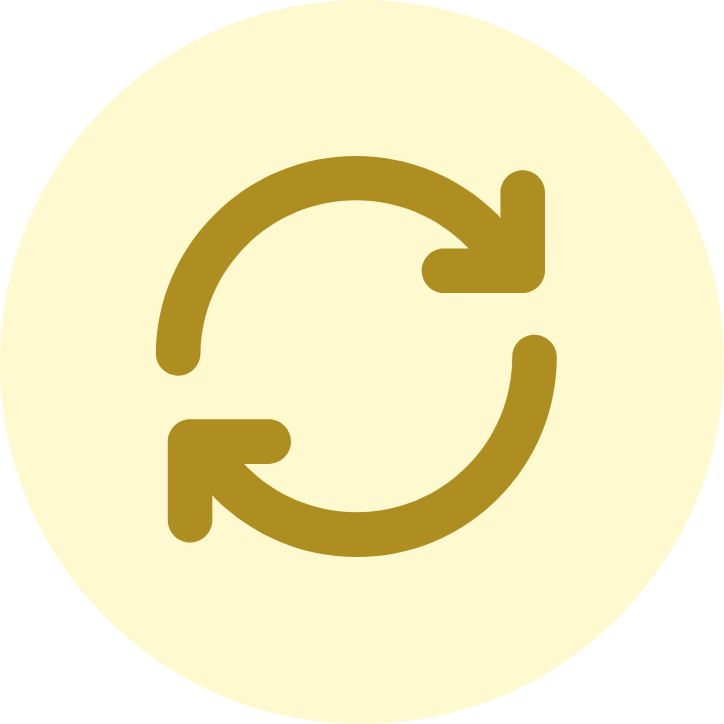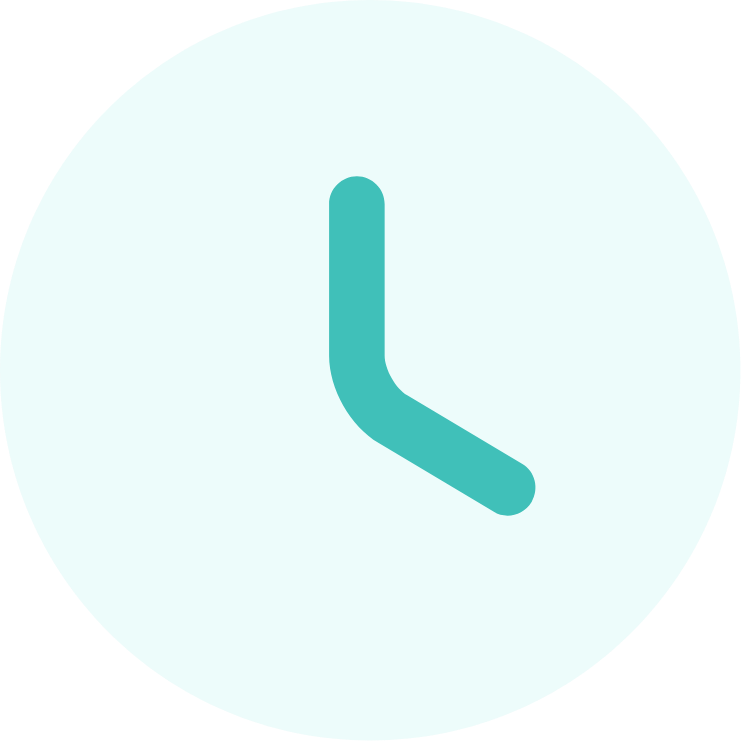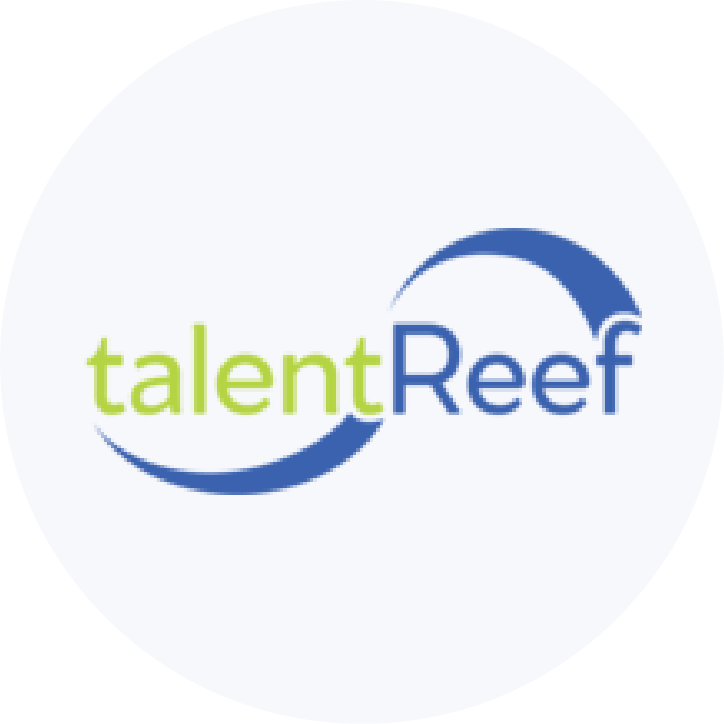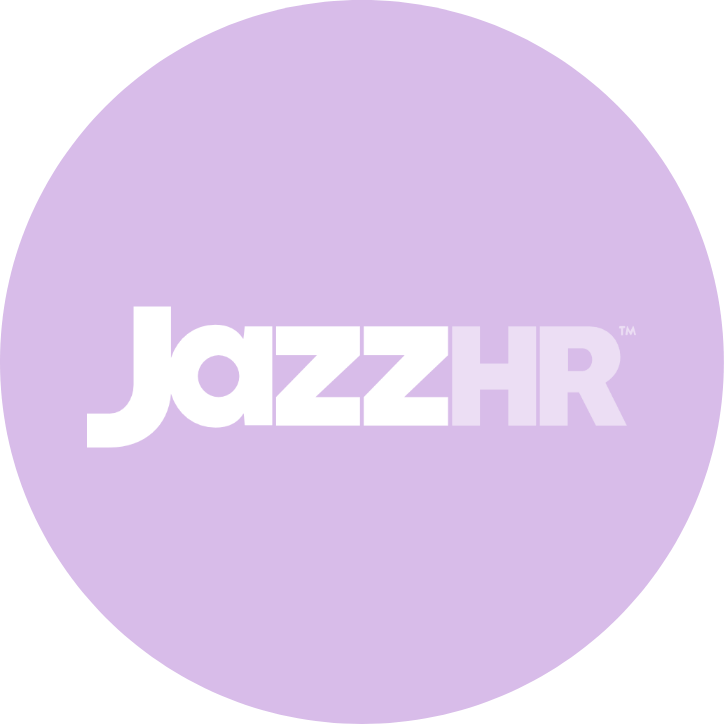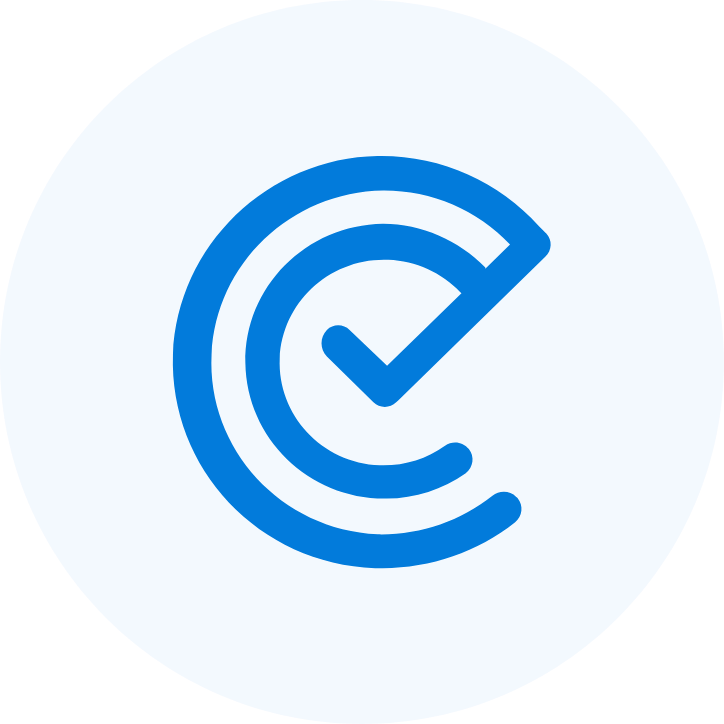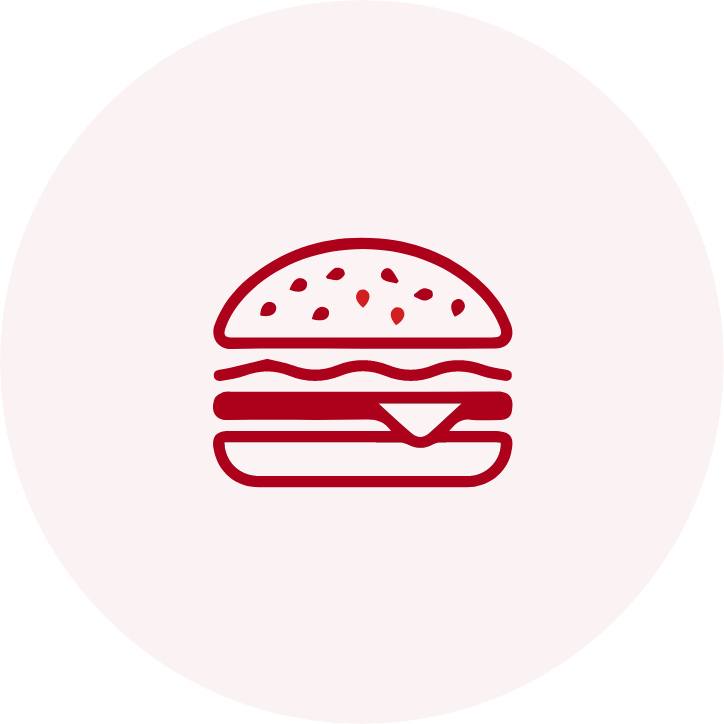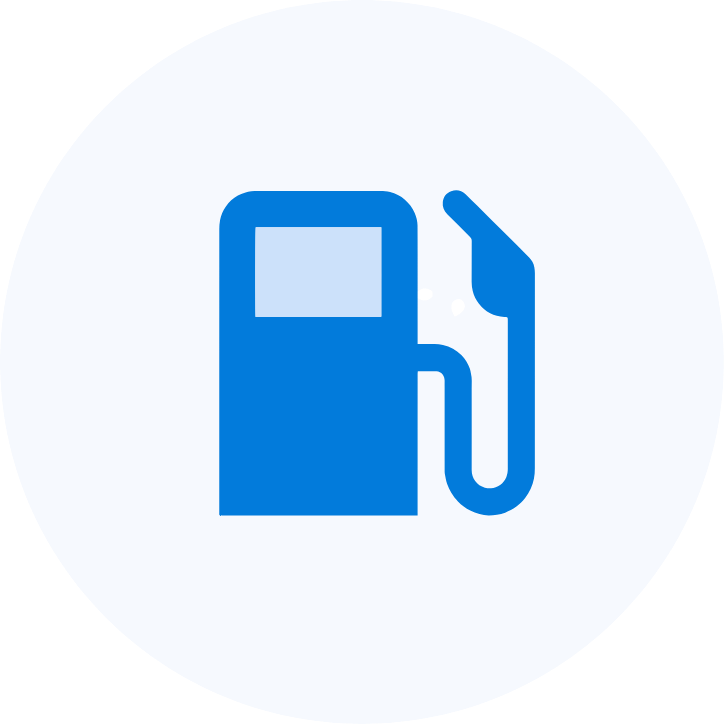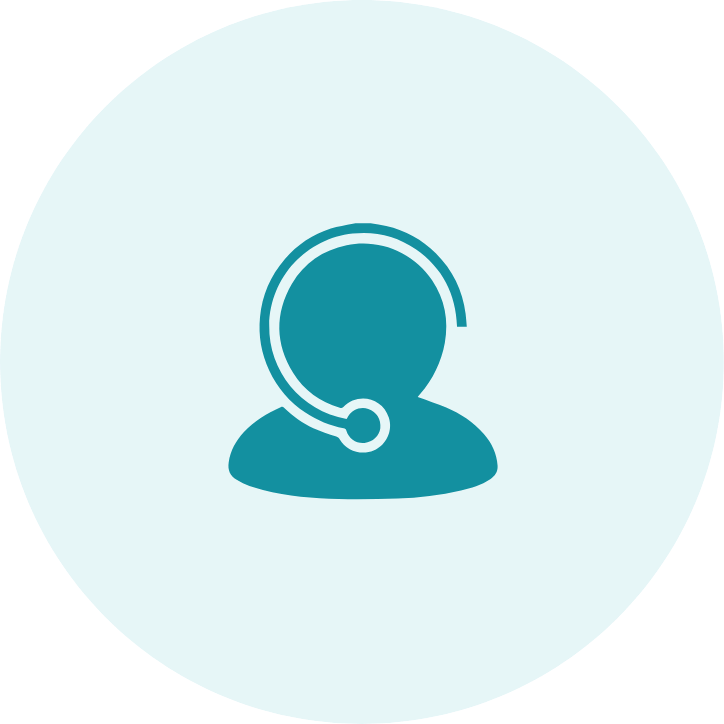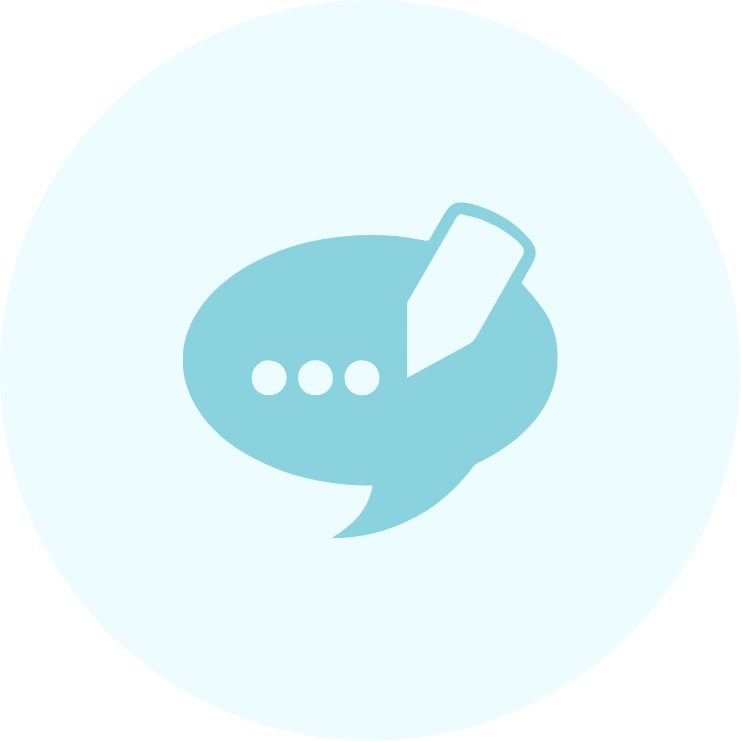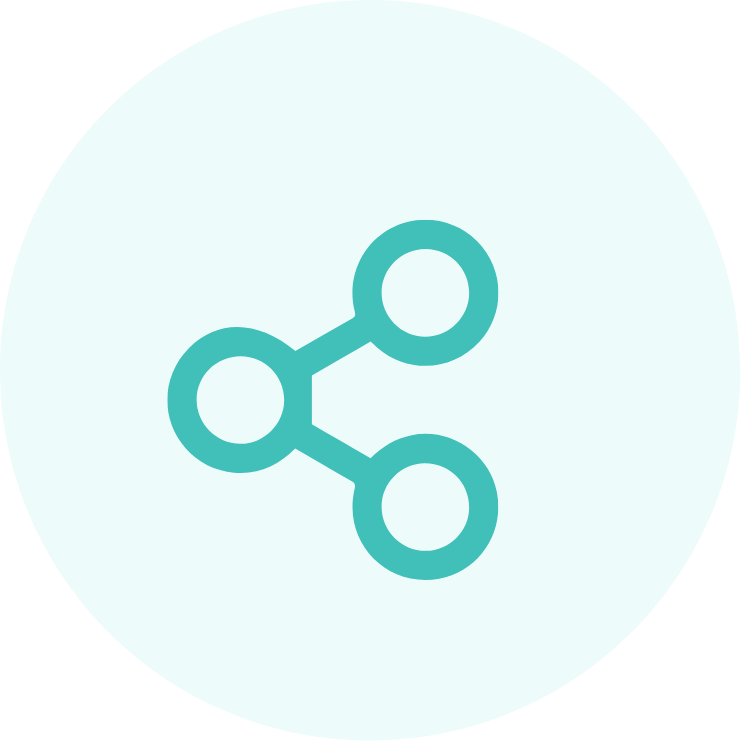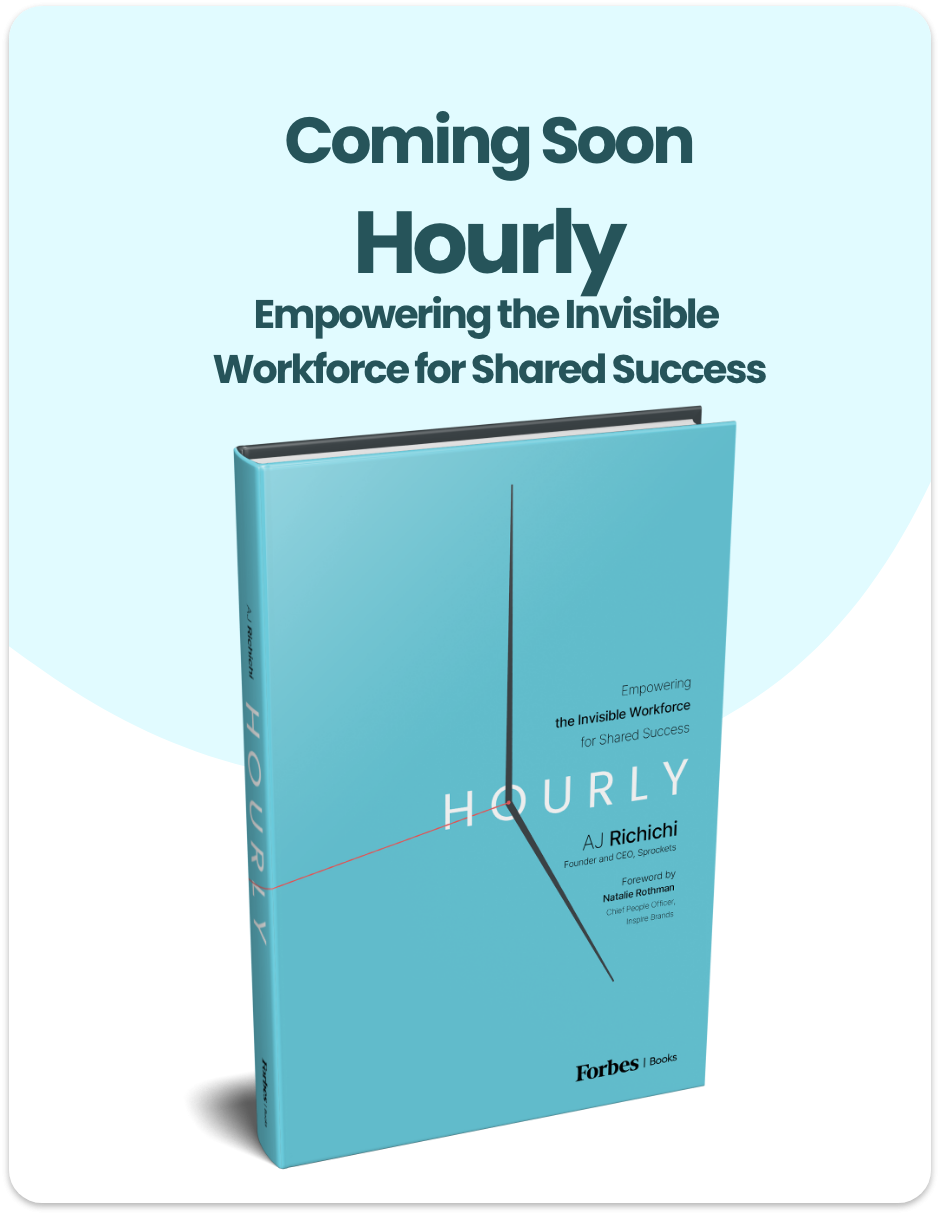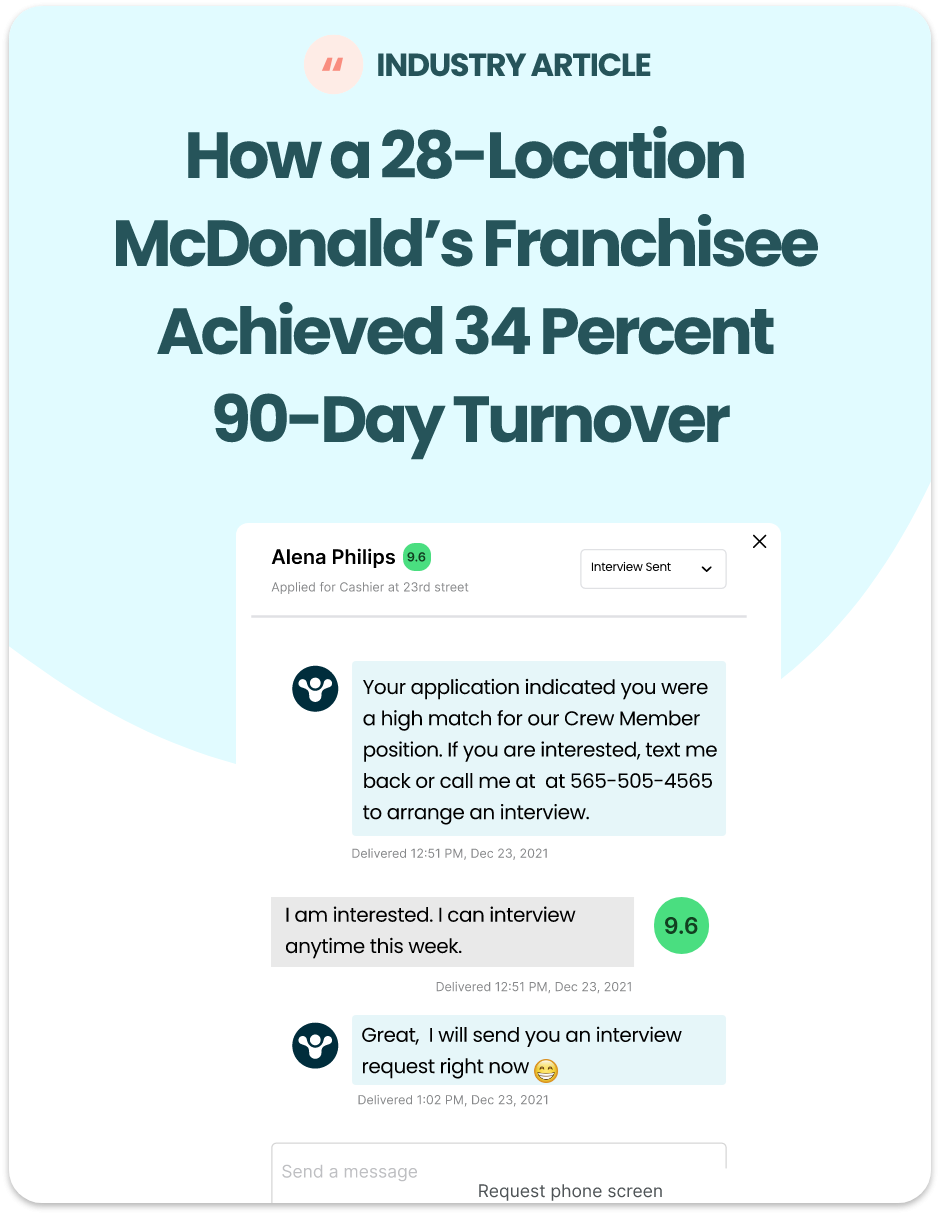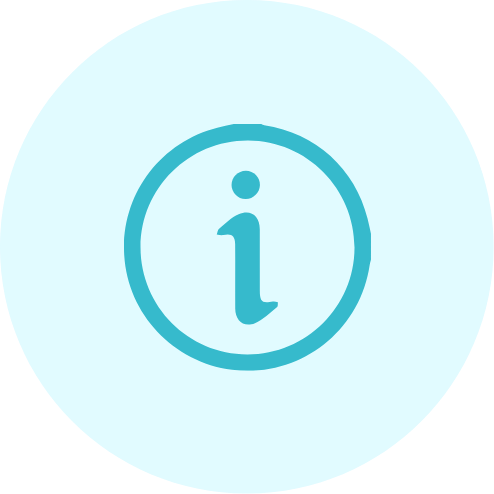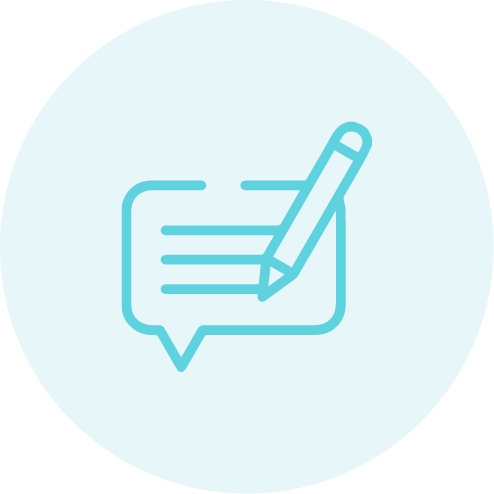Think about how much time and money it takes just to hire one employee at your company. In an environment where your workers are quitting faster than you can hire them, the expenses exponentially pile up — and that doesn’t even include the “hidden” costs of high turnover.
Now, imagine a world where you could easily identify the right person to hire and feel confident that individual would stay long-term. You’d have more time in your week to focus on daily operations and other tasks you’ve been meaning to complete but never had the chance to prioritize. Continue reading to learn why it’s important to track your employee turnover as well as strategies you can implement to cut costs and boost retention.
What is Employee Turnover and Why It Matters
Employee turnover is a “measurement used to determine how many employees leave a company during a set period of time”, according to Indeed. This includes voluntary separations like retirement and change in career path and involuntary separations such as layoffs and failure to meet performance standards.
It’s important to understand employee turnover because it essentially impacts every aspect of your business. Replacing hourly employees takes time, money, and effort. It also can impact your customer service, especially when your business is understaffed. High turnover can throw a wrench in your company’s morale. Luckily, there are several strategies you can implement to reduce it. But beware — if you aren’t willing to rethink your current hiring process, then you will be stuck in an expensive loop of employee turnover forever.
How to Calculate Employee Turnover
Employee turnover is most commonly calculated as a percentage in monthly and annual increments. You can calculate your employee turnover rate in just a few steps:
- Establish the time period you wish to measure.
- Record the number of employees you have at the beginning of the time period.
- Record the number of employees you have at the end of the time period.
- Add these numbers then divide by 2. This is your average employee count.
5. Record the number of employees who left (both voluntary and involuntary) at the end of the time period.
6. Divide this number by your average employee count then multiply the quotient by 100. This is your employee turnover rate as a percentage.
Why Is It Important to Measure
Take the time to calculate your employee turnover rate. It is the key to understanding employee satisfaction and why it’s happening in the first place. Additionally, regularly tracking your turnover rate helps you determine your quality of hire and the overall effectiveness of your current hiring process.
What Is a Good Turnover Rate
There isn’t one magic number that makes your turnover rate “good”. We suggest using your industry’s average employee turnover percentage as a benchmark to see if your company is below, at, or above the industry average. The 2021 Bureau of Labor Statistics report stated the average overall employee turnover sits at about 57%. This percentage is significantly higher in the retail and hospitality industries. QSR turnover, for example, is as high as 130% to 150%. Employee turnover is especially dangerous when it climbs to 100% or more. Essentially, this high percentage means that your employees are quitting faster than you can hire them.
The True Cost of Employee Turnover
High Financial Burdens
It can cost $5,864 on average to replace a single employee, according to Cornell University’s Center for Hospitality Research. This expense accounts for several cost categories including pre-departure, recruiting, selection, orientation, training, and loss in productivity. Businesses cannot afford to waste thousands of dollars hiring people who won’t work out.
Wasted Time
What is your company’s average time to fill? One study found it takes 36 days, on average, to hire one employee. You have to spend time sourcing candidates, reading through piles of resumes, interviewing applicants, creating an offer letter, and onboarding your new employee. Plus, every time you ask one of your current employees to train a new hire, that’s time out of their day as well. If you’re constantly spending your time on the hiring process, then you don’t have time to allocate your resources elsewhere. Wouldn’t you rather spend it advancing your current teams’ skillsets?
Poor Team Morale
Your team will feel the negative effects of high employee turnover. When an employee quits, they’ll have to pick up the rest of the slack which could lead to burnout. Studies show that highly engaged staff members are 22% more productive than those who are disengaged. Additionally, negativity is contagious which could cause other team members to consider quitting, too.
Negative Customer Experience
It’s important to remember that employees who leave will lead to consequences for not just your company and employees, but your customers as well. A good customer experience is crucial if you want to build and maintain customer loyalty. One poor interaction with an employee on the brink of quitting could cause a customer to never return — they might even head over to your competitors. Plus, they might share their bad experiences with friends and family members.
Causes of Employee Turnover
There are many reasons employees leave a company. Luckily, 75% of churn can be prevented if you understand why it’s occurring in the first place. Here are some common causes of employee turnover:
Involuntary Turnover
- Failure to meet company expectations
- Downsizing
- Layoffs
Voluntary Turnover
- Retirement
- Change in personal life
- Lack of recognition
- Poor management style
- Career change
- Lack of benefits
- Seeking higher pay
Warning Signs an Employee is About to Quit
A noticeable change in work routine like missing deadlines, making continuous errors, or showing up late (or not at all!) could be the result of an employee giving up. However, this isn’t always the case, so be sure to speak to your team member one-on-one to determine what’s causing this shift. Another sign to look out for is low employee engagement. You might notice it’s taking an employee longer to complete daily tasks. Maybe they’re always on their phone and barely speak to their co-workers. Their zoned-out behavior could be an indicator they are preparing to leave. Another warning sign an employee is about to quit are complaints and rude comments about their job, team, and even your company. This negative change in attitude can be detrimental to your team, resulting in a loss of productivity and revenue.
2022 Employee Turnover Trends
The hourly workforce continues to face obstacles caused by the global pandemic. 4.2 million people quit their job in July which is still 20% higher than pre-pandemic turnover levels. More people are seeking flexibility and healthy work-life balance which poses a problem for businesses that need on-site employees to function. Additionally, research shows that 40% of workers globally plan on leaving their jobs in the next three to six months — this number remains unchanged from 2021 findings.
Strategies to Reduce Employee Turnover
1. Hire the Right Fit From the Start
While it may be tempting to hire anyone that applies to your business, it’s crucial to wait until you find your ideal candidate. The right fit will be productive, mesh well with your team, and will be in it for the long run. Hiring someone only to fill a position will result in turnover and then you’ll have to start the process all over again — you have the power to end the cycle.
2. Prioritize Coachability Over Industry Experience
What kind of employee is your dream hire? If your answer included a specific amount of industry experience, consider hiring for coachability instead. Coachability is an employee’s willingness to learn and grow. It’s easier to teach people who don’t have industry experience how to complete tasks because they won’t have anything to compare it to, while experienced employees already have specific work routines established.
3. Implement a Pre-Employee Assessment
Know which applicants will succeed and stay long-term before you even hire them with Sprockets’ hiring solution. The platform is proven to reduce costly turnover by 22% and boost employee retention by 43%, on average. It identifies which incoming applicants share key personality traits with a business’s current top performers based on their answers to a three-question survey. It takes less than ten minutes to complete, empowering owners and operators to hire the right people every time.
Learn how to attract, hire, and retain the right workers for your business by leveraging the mental makeup of your best employees.
This free guide outlines simple steps to reduce costly employee turnover and save thousands of dollars annually.
Learn how to attract, hire, and retain the right workers for your business by leveraging the mental makeup of your best employees.
Learn proven strategies for attracting and retaining high-quality employees for your business. It’s easier than you might think!
Access this free guide to build better teams and stabilize staffing levels.
Access this free e-book to discover proven strategies for retaining your best workers and even predicting which applicants are most likely to stay long-term.
Discover how to overcome the roadblocks preventing your restaurants from being successful in the new year.
Learn simple strategies to consistently hire and retain top performers while avoiding roadblocks like costly turnover.
Personality tests, like Sprockets’ Applicant Matching System, combine natural language and artificial intelligence to predict an applicant’s likelihood of success at a particular location.


